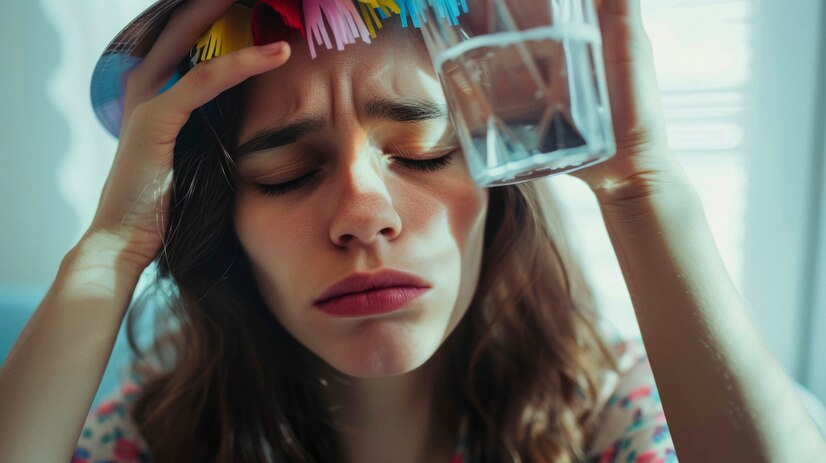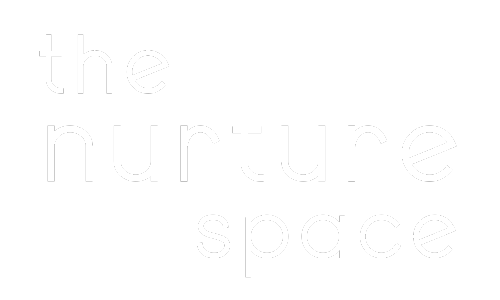Anxiety Therapy in Adelaide
Living with anxiety can feel overwhelming, but you’re not alone. It is essential to seek treatment when anxiety disrupts your daily life, as professional help can make a significant difference. A clinical psychologist can provide effective therapy and support, helping you manage symptoms such as panic attacks and excessive worrying. Our anxiety therapy in Adelaide, led by
experienced therapist Niki Gelekis offers practical tools and compassionate support to help you regain control and lead a fulfilling life. You’ll find relief from excessive worry, fear, and stress through tailored treatment plans.
Understanding Anxiety Disorders
Anxiety disorders are common mental health conditions that cause persistent fear and apprehension, significantly affecting daily life. They include conditions like generalised anxiety disorder (GAD), panic disorder, social anxiety disorder, Obsessive Compulsive Disorder (OCD), and post-traumatic stress disorder (PTSD). These disorders often co-occur with other physical or mental illnesses, complicating diagnosis and treatment. Effective anxiety treatment methods include cognitive behavioural therapy (CBT), exposure therapy, trauma processing, and techniques like tapping. Raising awareness helps reduce stigma, empowering individuals to seek appropriate care and improve their quality of life.

Comprehensive Understanding of Generalised Anxiety Disorder Symptoms
Recognising the symptoms of anxiety is essential for timely and effective intervention. Anxiety manifests in various ways, affecting individuals both psychologically and physically. Understanding these manifestations is crucial in distinguishing anxiety from other mental health issues and ensuring an accurate therapeutic approach.

Psychological Symptoms of Anxiety
Anxiety primarily impacts an individual’s mental state and can include:
The complexities of modern life can exacerbate anxiety symptoms. Mental health concerns, such as anxiety, depression, and stress, can manifest as various psychological symptoms.
- Persistent Worry and Tension: Uncontrollable worry about everyday matters disproportionate to the actual impact of the events.
- Feelings of Nervousness or Panic: Sudden intense episodes of fear that may peak within minutes (panic attacks).
- Irritability: A heightened response to everyday annoyances and challenges.
- Concentration Difficulties: Trouble focusing on tasks at hand, often feeling overwhelmed by one’s thoughts.
- Sense of Dread: Constant anticipation of a negative outcome, feeling like something bad will happen without any evident reason.

Physical Symptoms of Anxiety Therapy in Adelaide

Somatic practices can help manage the physical symptoms of anxiety. Anxiety doesn’t just affect the mind; it also produces noticeable physical symptoms, such as:
- Increased Heart Rate and Rapid Breathing: Common responses to stress that prepare the body for a perceived emergency.
- Sweating and Trembling: Physical manifestations of nervousness and fear.
- Weakness or Lethargy: A feeling of having no energy or motivation, often as a result of chronic anxiety.
- Gastrointestinal Issues:
Anxiety can disrupt the digestive system, leading to symptoms like nausea, diarrhoea, or constipation
The Impact of Anxiety on Daily Life
The symptoms of anxiety, as one of the prevalent mental health concerns, can significantly disrupt an individual’s daily functioning. This might include:
- Interference in Work Performance: Difficulty concentrating and staying focused can hinder productivity and job performance.
- The strain on Relationships: Irritability and constant worry can strain personal relationships, as loved ones may feel neglected or overwhelmed by the anxious individual’s needs.
- Social Withdrawal: Intense anxiety can lead to avoidance of social situations, further isolating the individual.
It is crucial to seek treatment for anxiety to improve daily functioning and overall well-being.

Treatment Strategies for Anxiety Symptoms
Effective treatment of anxiety involves a combination of therapeutic approaches:
- EMDR: EMDR therapy has been proven to alleviate the symptoms of many forms of anxiety, including phobias, social anxiety and panic disorders.
- Emotional Freedom Technique (EFT) Tapping: Tapping points on the body can quickly relieve feelings and sensations of anxiety.
- Cognitive Behavioral Therapy (CBT): Helps clients understand their thoughts and feelings that influence behaviours.
- Relaxation Techniques: Such as deep breathing exercises, progressive muscle relaxation, and meditation, to help reduce physical symptoms of anxiety.
- Lifestyle Modifications: Regular exercise, a healthy diet, and sufficient sleep can significantly mitigate anxiety symptoms.
- Commitment Therapy: Acceptance and Commitment Therapy (ACT) is an evidence-based approach that incorporates mindfulness and meditation techniques to treat emotional difficulties, including anxiety, by customising therapeutic solutions to individual needs.
Why Choose Anxiety Therapy at The Nurture Space?
- Personalised Care by Niki Gelekis: Every session is tailored by Niki, an experienced and compassionate psychotherapist with expertise in treating a wide range of mental health issues such as anxiety, depression, trauma, and stress-related disorders.
- Long-Term Coping Strategies: Build practical tools to effectively manage stress and anxiety for lasting change.
- Flexible Counselling Options: Access therapy in person or online, fitting seamlessly into your schedule.
At The Nurture Space, you receive dedicated support through face-to-face or virtual telehealth sessions to help you regain control and thrive.

Session Pricing
Initial Individual Counselling Session: $275
Follow Up Individual Counselling Session: $220
Please Note:
Sessions are not covered under Medicare's Mental Health Care Plan.
Some Private Health Cover Rebates may apply.
Get Started Today
Take the first step towards freedom from anxiety and seek treatment. Book your anxiety therapy session in Adelaide with The Nurture Space and begin your journey to mental clarity and emotional well-being. Your path to lasting change starts here—schedule your appointment now!
Frequently Asked Question(FAQs)
Can therapy help with work-related anxiety?
Yes, therapy provides tools to manage workplace stress, improve focus, and maintain a healthier work-life balance.
What Happens During the First Anxiety Therapy Session?
In your first session, Niki Gelekis will take time to understand your concerns, challenges, and personal history. Together, you'll set clear goals and outline a tailored treatment plan, ensuring the approach aligns with your unique needs. It’s also an opportunity to ask questions and build trust, creating a foundation for effective therapy.
How Long Does It Take to See Results from Anxiety Counselling?
Results from anxiety counselling vary for each person. Some individuals notice improvements within a few sessions, while others with more complex challenges may benefit from ongoing therapy over several months. Consistent participation and following therapeutic guidance are key to achieving lasting results.
How often should I attend anxiety therapy sessions?
Frequency varies, but most clients start with weekly sessions before transitioning to fortnightly or monthly check-ins.
How do I know if anxiety therapy is right for me?
If anxiety is interfering with your daily life, work, or relationships, therapy can help you develop effective coping strategies.
Ready to find out more?
We are here to support you on your healing journey. Book a free 15 minute Discovery Call to chat with our Therapist, Niki Gelekis.
